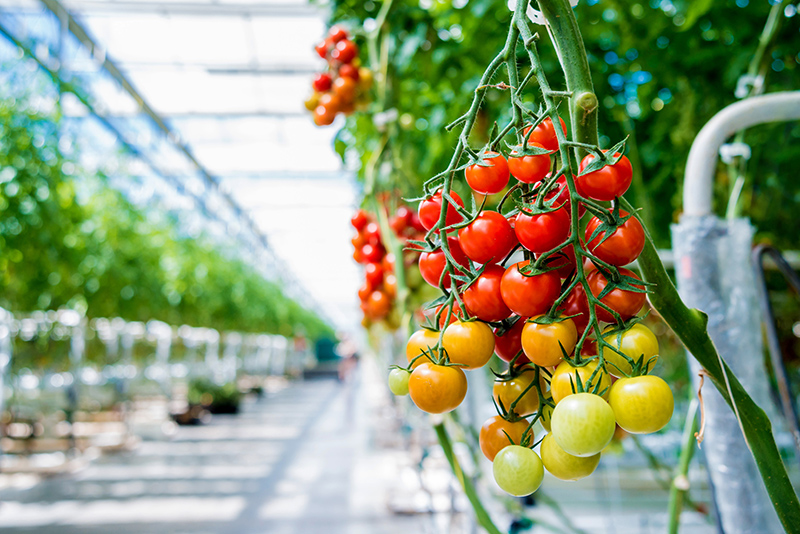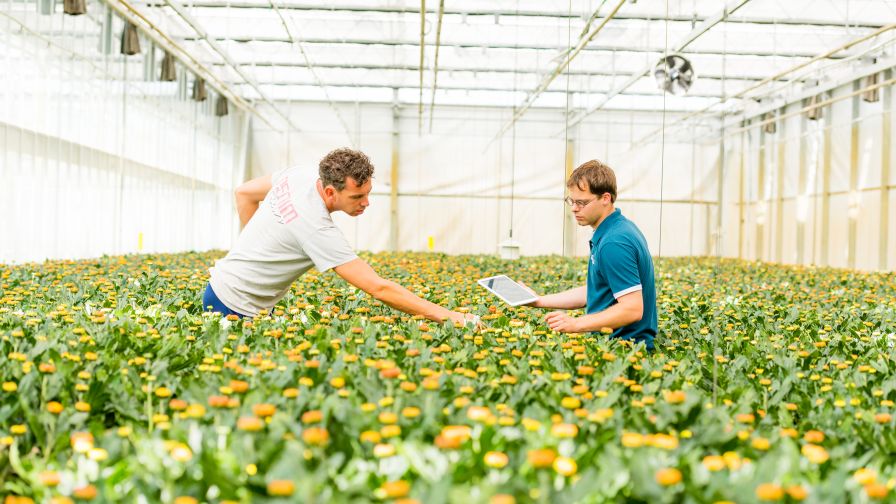Will Carbon Footprint Be the Achilles Heel of Indoor Farming?
 One of the hot topics of conversation and debate during the Indoor AgTech Innovation Summit in June was a June 21 opinion piece in the New York Times on the future of indoor farming. While the article made it clear that investments in controlled-environment agriculture are growing rapidly, and likely position it as a big part of the long-term future of food production, it also highlights the industry’s carbon footprint as a challenge that must be overcome.
One of the hot topics of conversation and debate during the Indoor AgTech Innovation Summit in June was a June 21 opinion piece in the New York Times on the future of indoor farming. While the article made it clear that investments in controlled-environment agriculture are growing rapidly, and likely position it as a big part of the long-term future of food production, it also highlights the industry’s carbon footprint as a challenge that must be overcome.
“The carbon footprint of any given greenhouse tomato, the leading indoor crop, can vary quite a bit, depending on energy sources, ambient temperatures, and available natural light,” the article states. “But various studies conducted in the United States, Europe, and Canada have estimated that, on average, the production of a pound of tomatoes in an American or Northern European greenhouse using fossil-fuel energy releases 3 to 3.5 pounds of carbon into the atmosphere,” or roughly six times the carbon footprint of field-grown tomatoes.
And yet, with the global population expected to grow to nearly 10 billion people by 2050, food production will need to increase significantly.
“With freshwater supplies and arable land dwindling and droughts exacerbated by climate change threatening to turn California’s fertile heartland into barren desert, where will this additional food come from?” the article notes.
Read the complete article here and let us know any thoughts you may have below.








